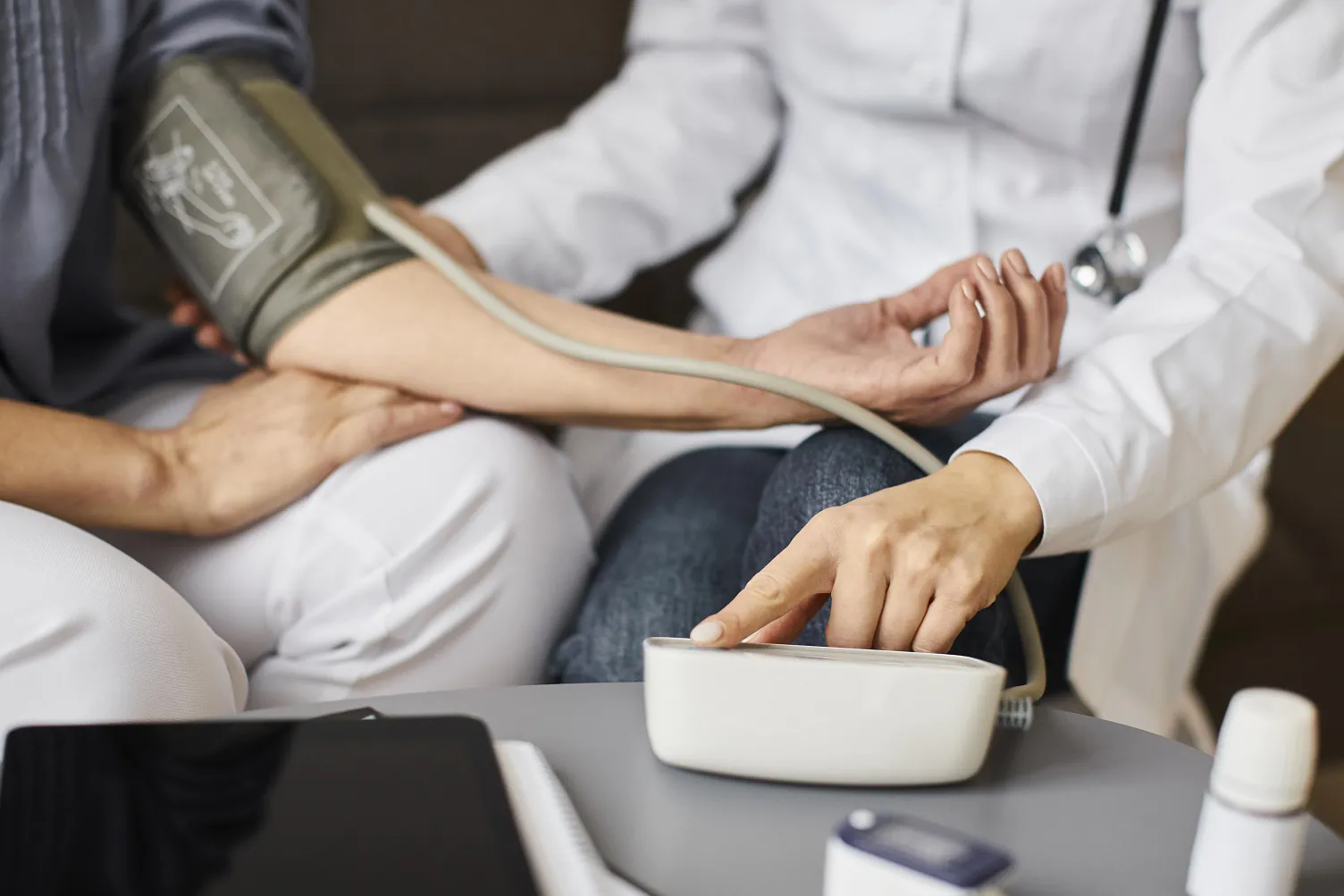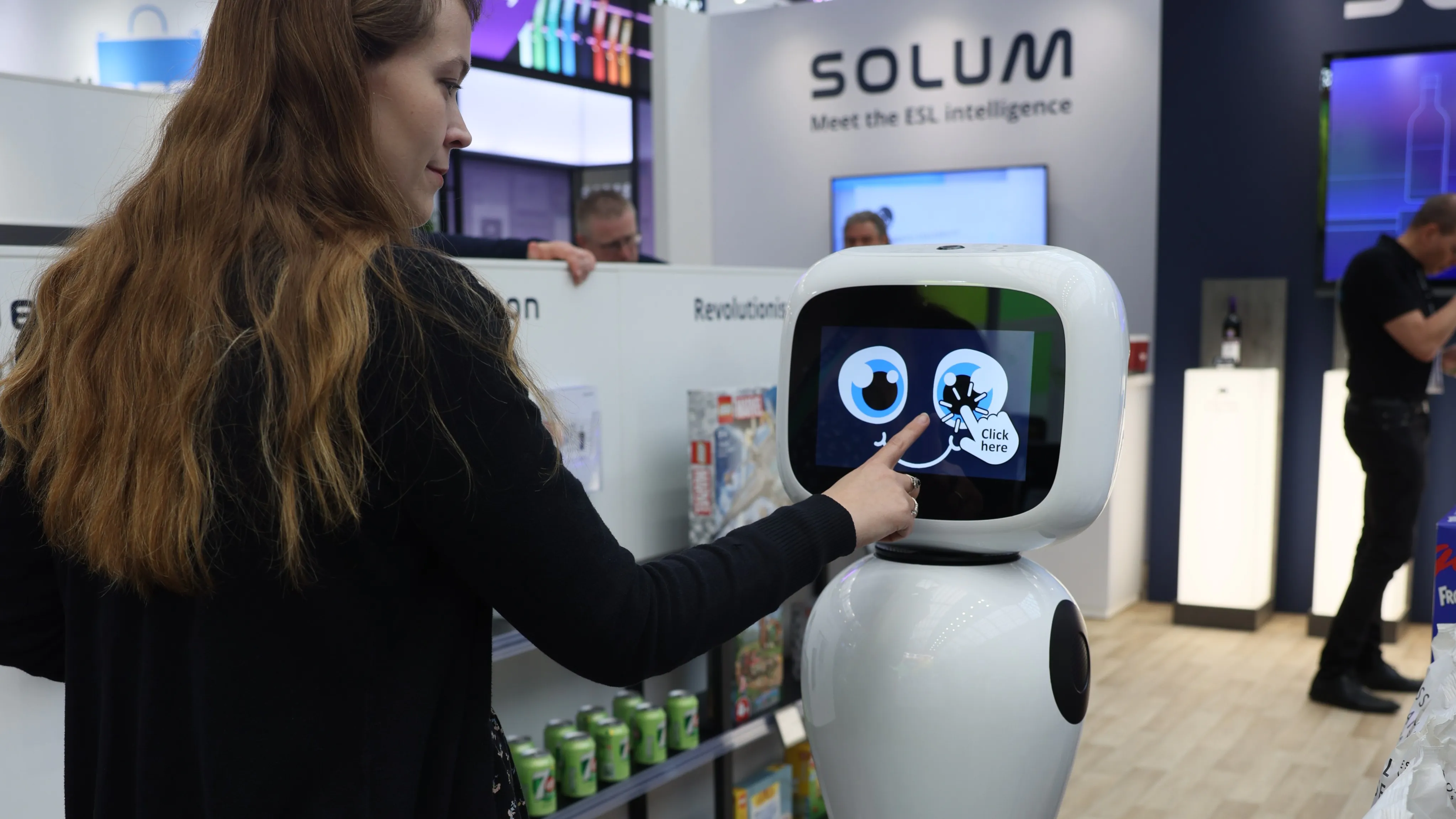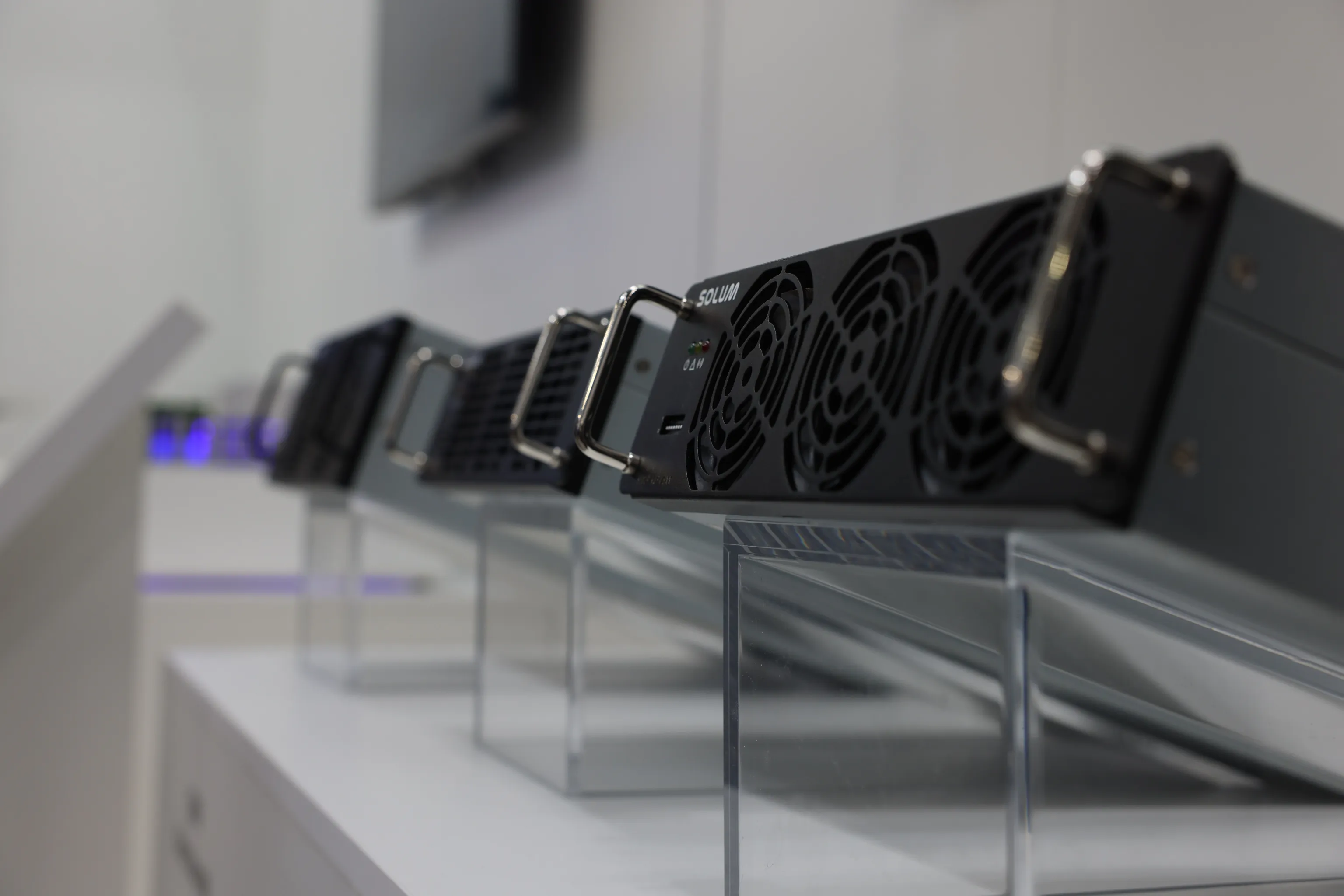Do's and Don'ts for Healthcare Devices at Home
Healthcare devices at home are a big favor to people with health conditions nowadays. With these devices, there are more chances for patients to monitor their health and take care of themselves. However, these things aren’t as easy to use as regular home appliances. These are actual medical devices that can help or save someone’s life. This means you need to take care of it and adhere to the recommended use, whether you’re the actual patient or the caregiver.
What are medical or healthcare devices used at home?
Several medical or healthcare devices are commonly used at home for several reasons. They are either used to monitor health, manage chronic conditions, improve lifestyle and fitness, or provide essential care no matter the time of the day. They can range from simple devices to more advanced or complex machines.
Here are some examples of home healthcare devices:
- Blood Pressure Monitors - These devices measure blood pressure and are frequently used by individuals with hypertension or cardiovascular conditions.
- Glucose Monitors - People with diabetes use glucose meters to measure their blood sugar levels. Continuous glucose monitors (CGMs) provide real-time data.
- Thermometers - Digital thermometers are used to easily measure body temperature. These are vital for monitoring fever and other signs of illness, which makes them essential across households and homes.
- Pulse Oximeters - These devices are used to measure the oxygen saturation in the blood. They are commonly used by individuals with respiratory conditions.
- Nebulizers - Nebulizers are used to convert liquid medication into a mist. This makes it easier for individuals with certain respiratory issues or conditions to inhale the medication.
- Home Ventilators - Some individuals with severe respiratory conditions may use home ventilators to assist with breathing.
- CPAP/BiPAP Machines - Continuous Positive Airway Pressure (CPAP) and Bilevel Positive Airway Pressure (BiPAP) machines are used to treat sleep apnea. They provide a continuous flow of air and keep the airways open during sleep.
- Home Hemodialysis Machines - In some cases, individuals with kidney failure may have hemodialysis machines for home use.
- Medical Alert Systems - These systems typically include a wearable device and a base station. They allow individuals with certain medical conditions to call for help in case of emergencies, especially when they live alone.
- EKG/ECG Monitors - Portable electrocardiogram monitors can be used to record the electrical activity of the heart at home.
- Weight Scales - Digital scales can help individuals monitor changes in body weight. This can be important for various health conditions and physical fitness journeys.
- Compression Stockings - While compression stockings are not technically machines, they are used for healthcare at home. These are often recommended for individuals with circulatory issues to prevent blood clots and reduce swelling.
- Telehealth Devices - With the increasing popularity of telehealth, healthcare devices like digital stethoscopes and otoscopes allow individuals to capture and share medical data remotely with healthcare professionals.
- Personal Protective Equipment (PPE) - These are medical equipment usually worn by medical professionals, patients, industrial workers, and more to minimize exposure to hazards, contaminations, and serious illnesses.
- Personal Healthcare Devices - Of course, there are also personal healthcare devices that help people personally monitor their health and fitness, with or without underlying health conditions. These devices mostly come as wearable technology or built-in technology in mobile devices.
It's also important to note that the use of most of these healthcare devices at home should be done under the guidance of a healthcare professional. Regular follow-ups with healthcare providers are crucial for the proper management of certain health conditions as well.
What to do when getting healthcare devices at home
When acquiring or using healthcare devices for home use, it's crucial to follow certain dos and don'ts to ensure their safe and effective use. Whether you’re the patient in need of these devices, or you’re a family member who provides care for those with health conditions, you must know what to do with these devices.
Here are some of the important do’s for healthcare devices at home:
#1 Consult with a Healthcare Professional
Before purchasing any healthcare device or machine, it’s recommended to consult with your healthcare provider. They can recommend the most suitable device based on your health condition and provide guidance on proper usage tailored to your needs.
#2 Do Your Research
Apart from consulting with a healthcare professional, you also need to do proper research. Being uninformed might lead to unreliable equipment or inappropriate devices for the actual condition of the patient. Doing proper research can save you time and reduce risks.
#3 Learn How To Use the Equipment and Follow Instructions
Learning how to use healthcare devices is also essential and a must-do. Read and understand the user manual or instructions provided by the manufacturer. Follow the recommended guidelines for setup, maintenance, and usage to ensure the device functions correctly and safely.
#4 Perform Regular Maintenance and Calibration
Make sure to also adhere to the maintenance schedule recommended by the manufacturer. Regularly calibrate and check the accuracy of healthcare devices like blood pressure monitors, glucose meters, and thermometers to ensure reliable and accurate results.
#5 Keep Healthcare Devices Clean
Keeping these devices clean is also a must. Follow proper cleaning and sterilization procedures as instructed by the manufacturer. Regularly clean surfaces that come in contact with the body or bodily fluids to prevent infections and maintain device efficacy.
#6 Keep Batteries Charged or Replaced
Ensure that devices with batteries are adequately charged, or replace batteries according to the recommendations. This is crucial for the uninterrupted functioning of devices like pulse oximeters or digital thermometers.
#7 Store Devices Properly
Make sure to also store healthcare devices in a clean, dry, and secure place. Protect them from extreme temperatures, humidity, and direct sunlight. Proper storage helps prolong the lifespan of the devices and ensure effective use for patients.
#8 Understand Normal Ranges
Familiarize yourself with normal ranges for measurements such as blood pressure, blood glucose, or oxygen saturation. Understanding these values enables you to identify abnormal readings and seek timely medical attention for patients.
#9 Seek Professional Assistance
If you encounter any issues with the device or are unsure about its usage, seek assistance from a healthcare professional or the device's customer support. Attempting to repair or modify the device yourself might lead to further complications.
What not to do when getting healthcare devices at home
On the other hand, there are also things not recommended when you have or are getting healthcare devices to be used at home. It’s crucial to pay extra attention to these things, as it can help keep yourself or the actual patients safe.
#1 Don’t Self-Diagnose or Self-Treat
Relying solely on healthcare devices for self-diagnosis or self-treatment is not a good thing. Interpretation of results should be done in consultation with a healthcare professional who can provide accurate assessments and appropriate recommendations.
#2 Don’t Ignore Warning Signs or Abnormal Results
Don’t disregard warning signs or abnormal readings from healthcare devices. If you notice unexpected or concerning results, contact your healthcare provider or the manufacturer promptly for further evaluation and guidance.
#3 Don’t Buy Sensational Medical Devices
Sham medical devices with sensational claims or miraculous yet illogical promises are also a big no. These should be avoided at all costs, as they may compromise health instead of safeguarding patients. In 2020, there was a rise in counterfeit and dubious medical devices due to the spread of coronavirus. They highlight a safety issue and can increase panic or dilemma among people.
#4 Don’t Share Devices Without Proper Cleaning
Sharing healthcare devices among others without proper cleaning and disinfection should also be frowned upon. This is especially crucial for healthcare devices that come in direct contact with the body or bodily fluids.
#5 Don’t Use Expired or Damaged Devices
Never use devices that have expired or are damaged. Check the expiration dates and inspect the devices for any signs of wear or malfunction. Using outdated or damaged devices may compromise their accuracy and safety for patients.
#6 Don’t Disregard Professional Advice or Prescribed Medical Treatment
And of course, you must not disregard device instructions provided by healthcare professionals as well as the prescribed medical treatment. Remember that some of these devices are not meant to replace any other treatment or medication. Just follow specific recommendations and continue with prescriptions.
Remember these do’s and don’ts the next time you have a healthcare device. These safety precautions, reminders, or instructions can help individuals stay safe and maximize the use of their healthcare devices.
Getting Personal Healthcare Devices
Personal healthcare devices, of course, are getting easier and more accessible in the modern world. Now, people have the chance to monitor and manage their health with advanced technology.
For example, SOLUM Group has brought forth biosensor technology in true wireless stereo (TWS) earbuds. The SOLUM EarX can provide a fitness and healthcare experience for its users, along with a smart fitness mobile app.
The EarX is equipped with:
- An immersive audio driver
- Real-time heart rate PPG sensor
- Body temperature sensor
- A 3-axis accelerometer for activity and posture recognition
- Professional Sound with Active Noise Cancellation (ANC)
- A real-time voice coach for fitness and workout sessions
A healthcare device like SOLUM EarX can elevate lifestyles and help users monitor their health. Whether the user is a fitness fanatic, an athlete or sports professional, or someone concerned about their health, EarX is here to enhance well-being.
Ready to use this healthcare device at home? Talk to SOLUM Group experts today and start your journey toward personal fitness and lifestyle.











